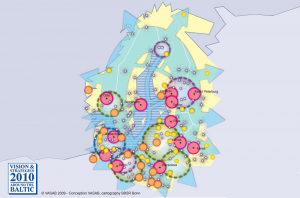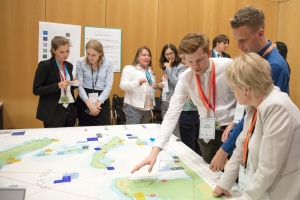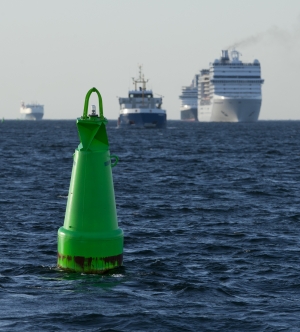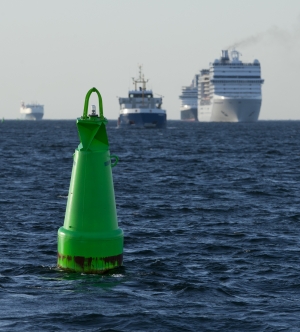Workshop: How can we build a better Baltic Sea future for 2040 and beyond?
Predicting the future and preparing selves for unexpected developments has always been in people`s minds. As a response developing shared visions and setting joint goals is crucial to thrive our territories and strengthen the resilience of our communities and places we live, work or enjoy.
Spatial Planning in EUSBSR: Adding territorial dimension towards a coherent macro-region
Spatial planning can be defined as the coordination of practices and policies affecting spatial organization. Spatial planning includes all levels of land use planning including urban planning, regional planning, national spatial plans, and in the European Union regional and international levels.
Meet the Flagship: Capacity4MSP
At the National Coordinators' online meeting on 29-30 June 2020 Capacity 4MSP project under Horizontal Action Spatial Planning was granted a Flagship status. Let’s get to know Capacity 4MSP and see what the project brings to the EUSBSR.
EUSBSR flagship status - what does it mean for a project?
The actions of the EU Strategy for the Baltic Sea Region are implemented by means of Flagships. Flagships demonstrate the progress of the Strategy, and may serve as pilot examples for desired action in a given field. In May, five new flagships were approved in the National Coordinators' meeting. We contacted the projects and asked what the status means to them.
EUSBSR flagship status - what does it mean for a project?
In September, four new flagships were approved in the National Coordinators' meeting. The actions of the EU Strategy for the Baltic Sea Region are implemented by means of Flagships. Flagships demonstrate the progress of the Strategy, and may serve as pilot examples for desired action in a given field.
We interviewed the projects and asked what the status means to them.
BalticRIM helping spatial planners see the cultural heritage of the sea
The Interreg project BalticRIM, also a Flagship of the EUSBSR under Policy Area Culture, integrates maritime cultural heritage of the Baltic Sea into maritime spatial plans to safeguard it for the future. Matthias Maluck from the State Archaeological Department of Schleswig-Holstein explains what maritime cultural heritage is and why and how it should be preserved. BalticRIM frames cultural heritage of individual countries in a transnational perspective and thus delivers territorial cohesion. The interview was conducted by the Interreg Baltic Sea Region Programme.









